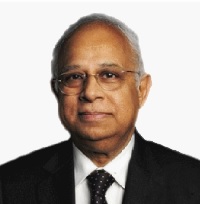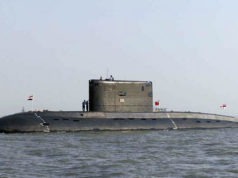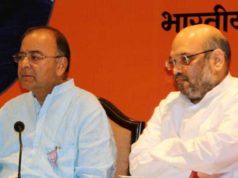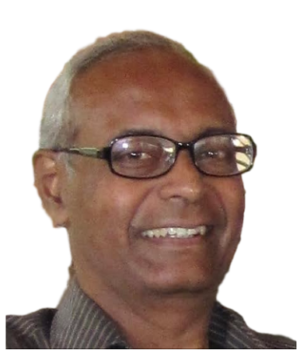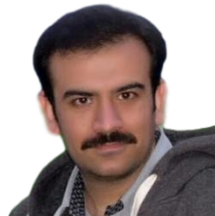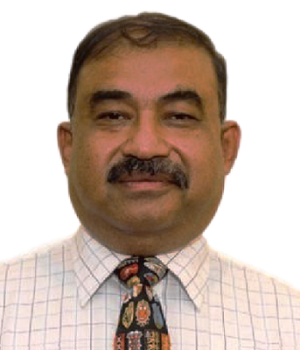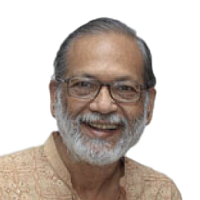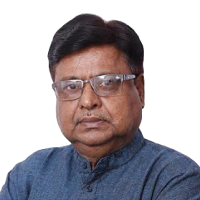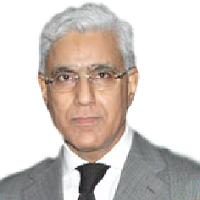With over 20% of the world’s population and 40% of the poverty-stricken, South Asia remains one of the world’s poorest regions. Political strife, distrust and occasional clashes undermine integration in a region with a history of territorial disputes and military conflicts. Accountable democracy remains elusive, the deficit stemming from a feudal mentality among the ruling elite not allowing the common citizens to participate in governance at the local level, the apathy of the largely illiterate masses and the reluctance for resolving mutual problems.
Having great potential to herald prosperity in South Asia, to promote welfare and improve quality of life of people, slow progress and modest achievements have retarded its effectiveness, Established in 1985 SAARC’s progress remains stunted. To discuss the impediments restraining SAARC and the way forward, a Seminar was held in Colombo on 06 Feb, 2017 under the joint auspices of Institute of National Security Studies (INSS), Sri Lanka and Pakistan High Commission in Sri Lanka. Hosted by Maj Gen (Retd) Shakeel Hussain, Pakistan’s High Commissioner in Sri Lanka., the Chief Guest was Sri Lanka’s Secretary Defence Eng. Karunasena Hettiarachchi. Among the panelists was Ambassador Nihal Rodrigo, former Secretary General SAARC, Asanga Abeyagoonasekera, DG INSS and Dr. Rifaat Hussain, Head of Policy and Public Administration Dept, NUST, Pakistan.
Peace remains a dream in this politically unstable region, among major impediments the unresolved issue of Kashmir and the Indian violations of the Indus Basin Treaty. To get military assistance to put down a popular insurgency Maharaja Hari Singh of Kashmir bargained his soul signing a controversial ‘Instrument of Accession’ despite Kashmir being a muslim majority state. Occupation of Indian Held Kashmir (IHK) by the Indian Army is the core issue bedeviling our relations. Not considering India’s claim as legally valid, the United Nations (UN) recognizes Kashmir as a disputed territory. Kashmiris must have the right of self-determination in line with UN Resolutions. A conflict resolution mechanism within SAARC is necessary to keep such issues from simmering out of control. Addressing bilateral disputes in SAARC will energize regional politics in an environment of peace.
The influx of refugees and internally displaced people, especially between Pakistan and Afghanistan and India and Bangladesh are also hurdles, allowing external powers opportunity to intervene. Separatist movements and insurgencies have increased manifold in many states such as India, Afghanistan, Pakistan and Bangladesh. In India a festering social revolution, labeled by former Indian PM Dr Manmohan Singh as the single greatest threat to India, led by Naxals continues to exercising control, even collecting revenues in more than 70 districts. Sustained moral and material assistance from India notwithstanding, both insurgency and terrorism which turn the island paradise into hell, were eliminated in Sri Lanka. No major step has been taken to promote trust amongst member nations still in conflict. Dr. Rifaat Hussain described the many violations of the Indus Basin Treaty by India and how it could act as a flashpoint for a future war. With local terrorism and insurgency not confined within national boundaries, non-state actors (NSAs) are able to sow the seeds of mayhem and conflict, without even moving across borders by using modern technology.
The South Asian Free Trade Agreement (SAFTA) was considered to be a most comprehensive mechanism for economic cooperation but this optimism was short-lived and not well-founded. SAFTA came into being on Jan 1, 2006, today it remains a non-starter due to many reasons viz lack of connectivity, weak border infrastructure (land customs stations, warehouse facilities, highly dysfunctional border authorities, etc. Regional blocs need to be a trading bloc to be successful. Trade among member nations make up a meager 5% of their total transactions, in comparison NAFTA is 52%, Asia Pacific region 32% and ASEAN 22%. India’s selfish attitude can be gauged to its vehement opposition to anything that accelerates economic development on its periphery e.g. the China Pakistan Economic Corridor (CPEC). The regime change in Sri Lanka after the war saw the new govt cancel at India’s insistence, almost all the Chinese-funded infra-structure development projects. Three years later, with no signs commensurate funds from Indian, the Sri Lankans have had to go back to the Chinese hat in hand. Asymmetry between India and the others is reflected in their economic and technological development as compared to India being almost negligible. A number of Chinese academics, among them Professors Chu Yun of the International University and Lin Minwang of the Institute of International Studies at Fudan University have commented on Indian interference in Sri Lankan affairs because it is worried about losing its influence in the Indian Ocean case in point the Hambantota Port unnecessarily made controversial by Indian dictation. How long will the Sri Lankan govt stomach this? At least the intelligentsia and the masses cannot!
India’s intransigent behaviour has brought SAARC almost to a standstill. The 19th SAARC Summit to be held in Pakistan on Nov 9 last was cancelled when India used the “Uri” attack pretext to first opt out and then pressurizing Bangladesh, Bhutan and Afghanistan to also boycott the meeting. Using the machinations of non-state actors (NSAs) to derail dialogue is unacceptable. Why should NSAs hold the future of well over a billion people by their actions? Sharing borders with all member countries, barring Maldives and Afghanistan, India has had problems with all on one pretext or another over the years. India’s security model is based on the principle of dominance and enlarging its security parameters to fulfill its ambitions of becoming a world power. From treating SAARC as irrelevant, India is using this platform to further its own agenda.
SAARC must not be held hostage to the whims of its strongest member, to work as a dynamic and potent forum, the issues making it non-functional must be addressed by ensuring that that trade is fair and equitable for all and not skewed in just one country’s favour. Unless the growing economic discrepancies and discriminations is countered through reform and justice, SAARC’s utility as a vibrant organisation will remain debatable.
Without Kashmir being resolved peace will remain an illusion and SAARC will eventually become meaningless. Of particular mention from the audience was the use of pellets to blind Kashmiri protestors. Can we be blind to the fact that the turmoil will become more brutal? We may never be able to come to an agreement over Kashmir, what is stopping us from coming to an arrangement? Without that one can then think of the unthinkable, SAARC might just as well be dissolved. (Excerpts from the panel discussion in which the writer, a defence and security analyst, participated as a panelist).


